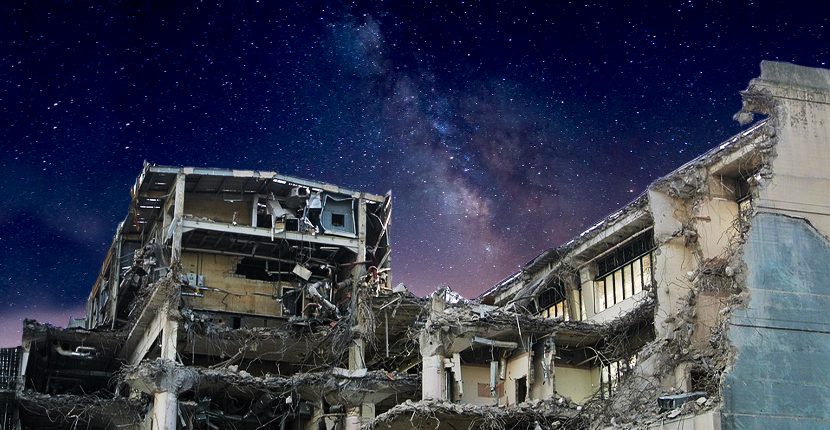Earthquakes are never a pleasant experience, and the Northridge earthquake of 1994 was no exception. In the United States, California has thousands of quakes taking place each year. Fortunately, most of these quakes are so small that they can hardly ever be felt. Historically speaking, though, California is the home of some of the strongest earthquakes that have occurred in the U.S.
When a magnitude 7.8 hit the San Francisco area on April 18, 1906, some 80 percent of the city was destroyed. Fires that engulfed the city after the quake, and which persisted for several days, only raised the number of casualties. Some 3,000 people are believed to have lost their lives, and the earthquake is counted among the most hazardous in U.S. history.
In more recent history, there was one 6.7 earthquake that struck the San Fernando Valley at 4:31 A.M. on Monday, January 17, 1994. Reportedly, 57 people lost their lives. Since the quake surprised everyone on a federal holiday–the annual observance of Martin Luther King, Jr. Day–many people had remained home. Officials later commented that this was crucial for the overall number of casualties, which could have been much higher if the quake occurred on a normal working day.
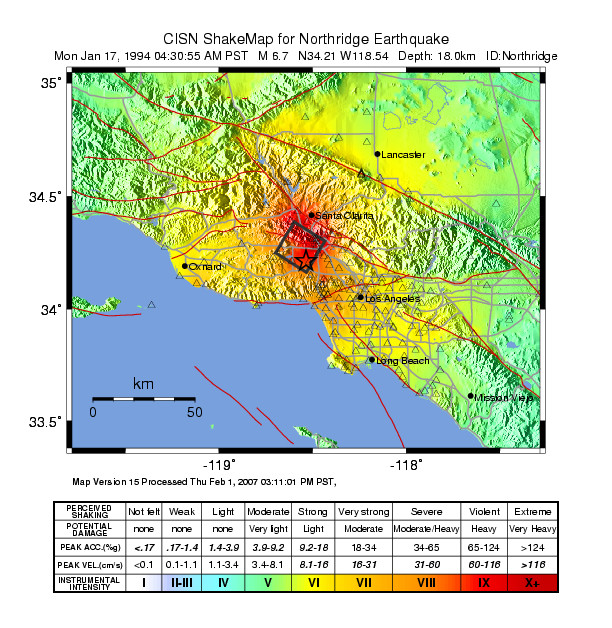
The San Fernando Valley rests roughly 20 miles northwest of L.A.’s city center, and the 1994 earthquake was one of the worst that residents in the area ever experienced.
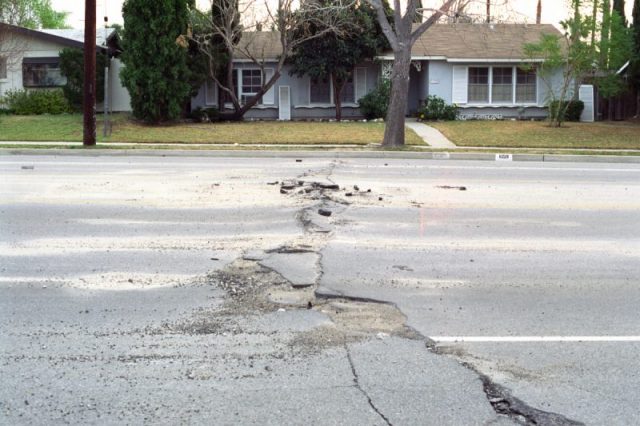
The name Northridge was given to the earthquake after the community closest to the epicenter. The quake is remembered as one of the costliest in the U.S. It was caused by an abrupt rupture of a previously unregistered blind thrust fault, and when it happened, the damage was overwhelming: the collapse of buildings, excessive damage to residential and commercial edifices, as well as other infrastructure such as highways, all suffered. Bills for recovery and repair reportedly skyrocketed to a total of $20 billion.
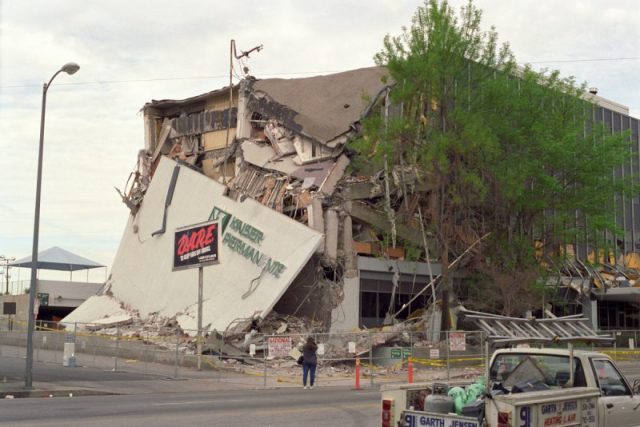
One of the most horrific scenes was a collapse of an apartment complex in the Northridge neighborhood, in which 16 people, all of whom were on the first floor, lost their lives as the three-stories-tall building collapsed like a house of cards, History recounts.
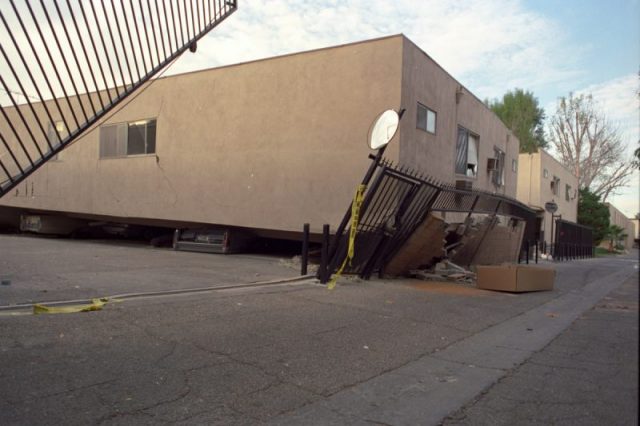
Besides this, something else quite strange happened during the 1994 earthquake. As electrical power went out following the early morning quake, local people rushed outside their homes only to face a starry night up in the skies, some of them possibly seeing such an expanse for the very first time.
People reportedly even called authorities and officials to check up on what it was that they were seeing in the sky. The Milky Way? The sight must have been alien as the telephone kept on ringing at L.A.’s Griffith Observatory. People were asking about the “strange sky they had seen after the earthquake,” the Los Angeles Times reported.
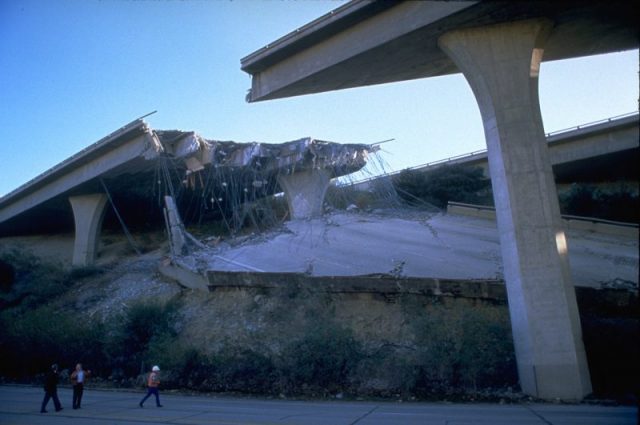
“The quake had knocked out most of the power, and people run outside and they saw the stars. The stars were in fact so unfamiliar, they called us wondering what happened,” recalled Dr. Edwin Krupp, astronomer and director of the Griffith Observatory, in a 2011 Los Angeles Times article.
For megacities such as Los Angeles, this should come as no surprise. Lights from millions of homes, buildings, skyscrapers, and street lights all add to light pollution issues. Some initiatives have reportedly been undertaken in the case of L.A., like changing street lights not to deflect light in an upward direction in order to ease light pollution. However, that alone cannot tackle the entire light challenge.
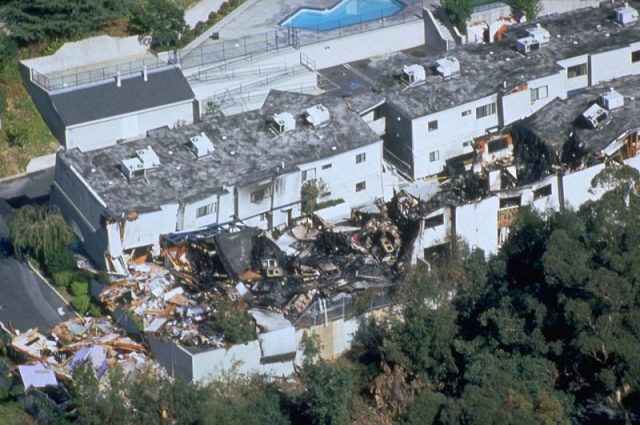
The 1994 earthquake has not been the sole instance in which observations of the night sky hit the news. Several years earlier, in 1986, city residents were supposedly not able to follow a rare celestial phenomenon, the passing of Halley’s Comet, an event which is next due to happen in 2061. People from L.A. were among those unable to observe the comet with the naked eye.
The hazard of light pollution seems to be growing, with research indicating more perils as a consequences. Scientists from the University of South Florida have reportedly identified some unprecedented effects from artificial lights. Some of these include disruption of natural ecosystems and wildlife and how they normally function. Such as birds–their sleeping cycle gets distorted by too many lights.
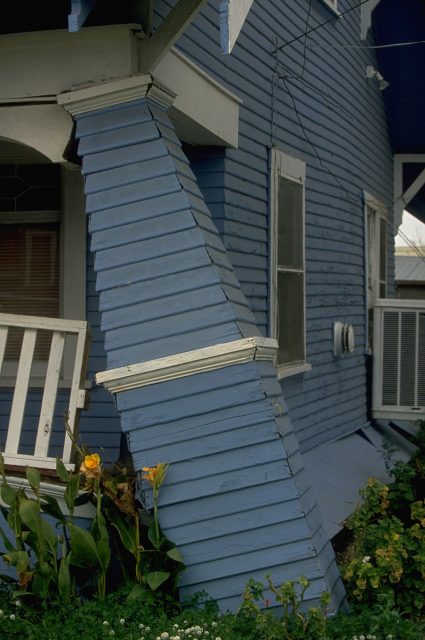
As reported by City Lab in January 2018, there may even be a link of how birds help spread diseases such as the West Nile virus to light pollution. Though the research findings are only prefatory, some facts and figures match. A good portion of West Nile virus cases in the U.S. for 2017 came from urban areas with significant light pollution, including many cases from urban areas in California, but also Texas and Utah.
So, it is not only that the vast majority of people who live in metropolitan areas cannot see the Milky Way because of too many lights–according to NASA, that would go for two-thirds of the population on our planet–but this human-caused phenomenon could be affecting the environment in general.
